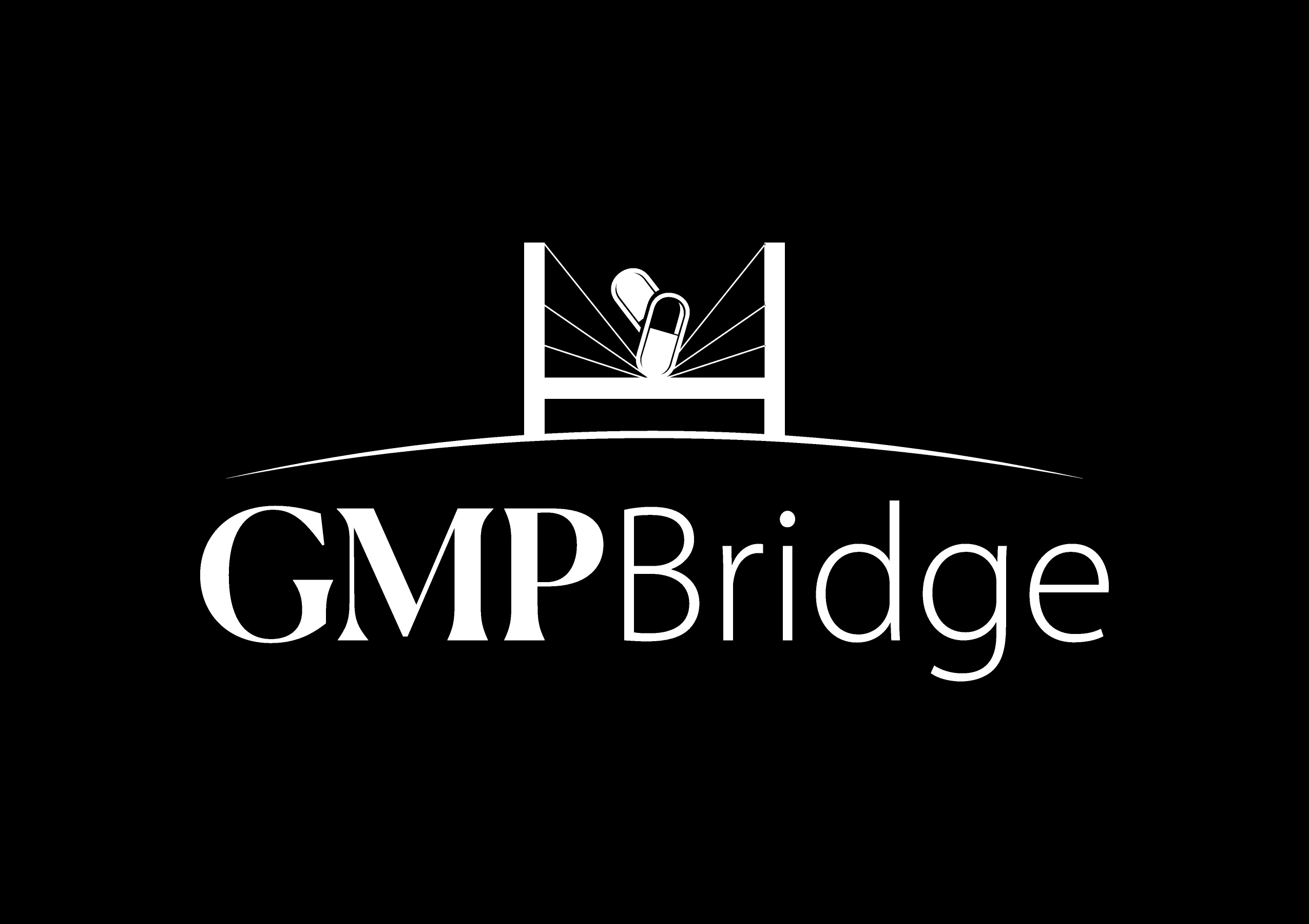For many Biologics and ATMP companies, the transition from clinical to commercial supply is the moment of truth. And too often, the bottleneck is not science, manufacturing capacity, or even funding. It is the Quality Management System (QMS) and QMS Simplification.
In early stages, companies usually grow their QMS reactively: borrowing SOPs from partners, adopting templates from consultants, or layering new requirements every time an auditor raises a finding. What starts as a small, manageable system quickly becomes an uncontrolled patchwork.
By the time the company faces pivotal trials or prepares for a Pre-Approval Inspection (PAI), the QMS is:
- Buried in hundreds of SOPs, many of them contradictory or unused
- Producing a CAPA backlog that overwhelms teams and hides systemic risks
- Creating change control processes that delay innovation instead of enabling it
- Generating paper or eQMS complexity that drains time and resources
In other words: the QMS — meant to ensure compliance and control — has become a bottleneck that slows down the very progress it was designed to protect.
Why simplification is the competitive advantage in GMP
Regulators don’t reward you for having more SOPs. They reward you for having a system that is clear, consistent, risk-based, and fit for purpose.
Simplifying a QMS does not mean lowering standards. It means designing a system that is robust enough to ensure compliance but lean enough to be practical in daily operations. The companies that succeed at this create an advantage their competitors overlook: they can scale faster, maintain inspection readiness, and focus resources on science and patients instead of bureaucracy.
Four areas where simplification delivers immediate value
1️⃣ SOP consolidation
Eliminate redundancy. A single, well-written SOP beats three overlapping ones. A consolidated system improves training, consistency, and inspection readiness.
2️⃣ CAPA prioritization
Not every deviation deserves a full CAPA. By clustering issues and applying true risk-based prioritization, companies can cut backlog and focus on systemic risks.
3️⃣ Risk-based change control
Instead of every minor update requiring signatures from multiple VPs, approvals should match impact. This keeps innovation moving while still protecting compliance.
4️⃣ Practical digitalization
An eQMS should reduce effort, not add layers of friction. Simple, validated digital tools that reflect your actual processes bring more value than over-engineered platforms.
Lessons from the Field
At GMP Bridge, we’ve seen firsthand how simplification translates into measurable impact:
- Biotech scale-up: We worked with a company preparing for commercial launch that was drowning in SOPs. By consolidating and streamlining, we helped reduce documentation volume by 30% — without losing a single control point. When the FDA arrived, inspectors praised the clarity of the system.
- ATMP developer: Another client faced a CAPA backlog of more than 200 open items. We clustered deviations into a handful of systemic risks, coached the QA team on risk-based prioritization, and within three months the backlog was cut by 60%. During their next inspection, instead of defending noise, they could demonstrate control and oversight.
In both cases, inspection readiness improved — not weakened — and teams finally had time to focus on science and patients rather than paperwork.
How GMP Bridge Supports QMS Optimization
Simplifying a QMS is not about cutting corners. It’s about building a system that is robust enough to satisfy regulators and lean enough to empower your team.
At GMP Bridge, we specialize in helping Biologics and ATMP companies move from complex, reactive systems to inspection-ready frameworks that actually work in practice.
Whether you’re scaling from clinical trials or preparing for commercial launch, our senior experts design and implement QMS solutions that:
Build long-term sustainability and inspection readiness
Reduce complexity without losing control
Enable faster decision-making with risk-based processes
Keep teams focused on science, not paperwork
Frequently Asked Questions
1. Why do Biologics and ATMP companies struggle with QMS during scale-up?
Because most QMS systems are built reactively — adding SOPs and processes after each audit or deviation. This creates complexity that slows teams down and makes inspection readiness harder.
2. Does simplifying a QMS mean lowering compliance standards?
Not at all. QMS simplification is about removing redundancy, clarifying responsibilities, and applying risk-based principles. The system becomes leaner, but also stronger and easier to execute.
3. How can a simplified QMS improve inspection readiness?
Inspectors value clarity, consistency, and systemic control. A simplified QMS helps you demonstrate oversight without drowning in unnecessary paperwork or CAPA backlogs.
4. When should we start simplifying our QMS — before or after Phase III?
The best time is always earlier than you think. If you wait until Phase III or commercial readiness, changes become disruptive and costly. Simplification during clinical scale-up creates long-term resilience.
5. Can we do this internally or do we need external support?
Many teams can make improvements internally, but an independent partner brings two advantages: benchmarking against industry best practices and helping QA leaders build bridges with upper management. Both speed up the process and reduce blind spots.
Final Thought
In Biologics and ATMP scale-up, your true competitive advantage is not just your therapy.
It is your ability to operate with robust, lean, and sustainable GMP systems.

